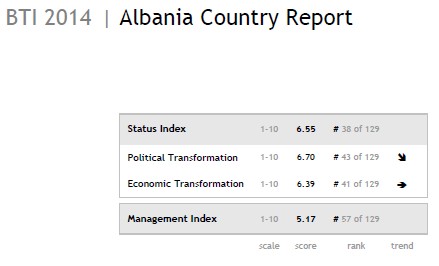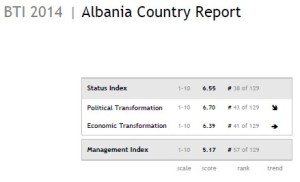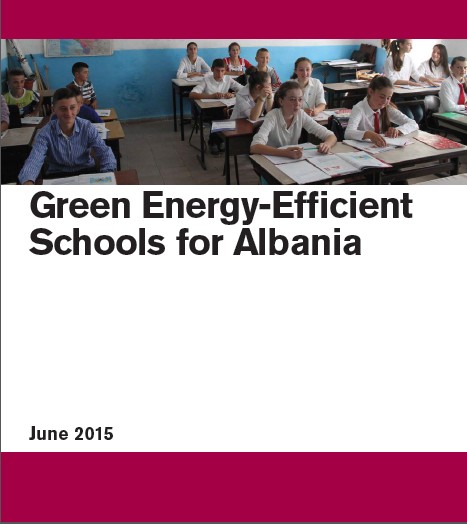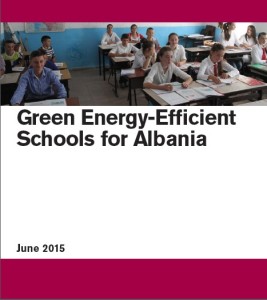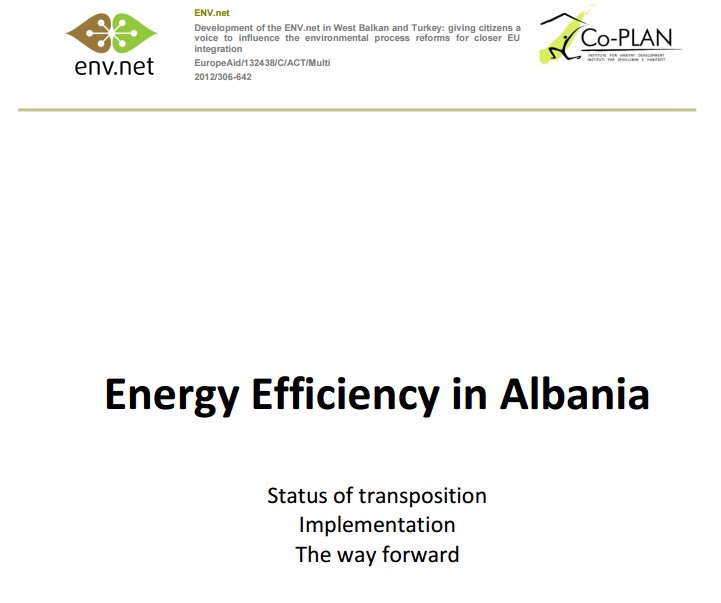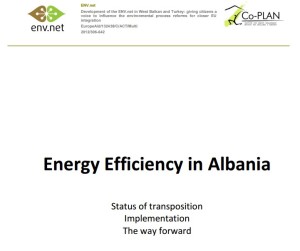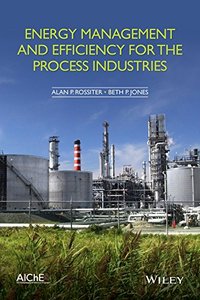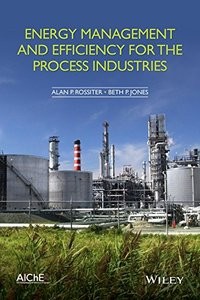
Albania picks bids by Shell, Delek unit for oil exploration
Albania has picked a venture led by Royal Dutch Shell and a company owned by Israeli’s Delek Group to carry out onshore oil exploration projects, subject to final contract agreements, an official told Reuters on Monday.
Shell Upstream Albania BV and Canada’s Petromanas will now negotiate with Albania’s National Resources Agency to get the final go-ahead to explore in sector four of the country, southeast of their current drilling site at Shpirag.
Navitas Petroleum, controlled by Israeli’s Delek, made the winning bid to explore the area of Dumre in central Albania.
The two successful bids followed more than two years of preparations by Albania to auction off more blocks, after it postponed the auctions of some onshore blocks because companies required more time.
The auction of offshore blocks was also delayed, because of Albania’s dispute with Greece over the division of their continental shelf in the Ionian Sea.
Promising initial results from a well in Shpirag by the Shell-Petromanas partnership has increased Shell’s interest in Albania and drawn international interest, despite low oil prices and the failure of previous exploration attempts in the country following the toppling of communism in 1991.
Reuters


